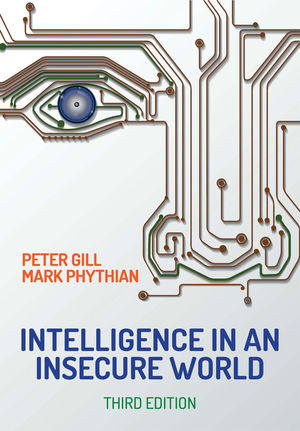At no time has school security been more in the spotlight of our industry than it is today. On an industry level, for example, the Security Industry Association last month hosted the debut event of the Congressional School Safety Caucus on Capitol Hill, which gathered together the co-chairs of the caucus with private- and public-sector experts to assess strategy for securing our nation’s schools.
At the event, Reps. Rick Larsen, D-Wash., and Susan Brooks, R-Ind., emphasized their support for the School Safety Act (H.R. 2667), which would revive federal assistance to help schools implement security measures, as well as the importance of working together to protect students and teachers. Rep. Brooks said, “We all have to work together to craft solutions that meet the challenges posed by our increasingly digital and mobile world and to protect and ensure the safety of schools …”
Individual companies such as Chicago-based Emergency 24 are doing their part by developing solutions for schools, as well as other campus-type applications. Emergency 24’s Incident Command and Control is a two-way mass communication system that works either as a stand-alone system that generates software-based signals or in conjunction with hardware emergency-blue “pull stations” and mobile pendants. As a third-party monitoring station, Emergency 24’s Incident Command and Control, which also incorporates professional monitoring, is sold to end users such as school districts, university campuses, hospitals, corporate campuses and other large buildings, through security dealers.
“We see this as an opportunity for dealers to generate new funds and new customers .... This platform is a good answer for due diligence of school districts and what they’re doing to protect their teachers, their students, and anybody else who is in the building,” said Patrick Devereaux, senior vice president, Emergency 24.
Incident Command and Control Service combines traditional alarm monitoring with an advanced communications platform to improve the flow of information to and from building occupants and first responders, Emergency 24 described on its website.
In operation, an alarm event such as an active shooter is transmitted as a signal to Emergency 24’s monitoring center. Simultaneously, instant notification takes place through text, email, or text-to-voice notification to people in pre-defined contact groups. School superintendents, campus police officers or facility managers, would belong to a core group that receives all notifications, including a link to the Incident Command and Control portal. These users can escalate an alarm to a first responder who also would receive a secure Internet link to the portal. First responders also can have access to video feeds if they exist, as well as floor plans of the facility with visual point identification, and even documentation of emergency procedures.
Other groups would not have access to the portal but would be part of the communication. They would receive an alert through a text or email, instructions from first responders, and a request for replies. This is one of the powerful features of Incident Command and Control. Users in these groups can share information, even upload photos, about the event. Their replies go into the portal and are seen by first responders.
“Can’t you imagine if you’re a first responder and you’ve got information telling you what’s going on on-site from people that are actually there?” Devereaux emphasized, adding that the system’s built-in intelligence allows frequently used words to rise to the top of the communication thread.
“This is a way to get a lot of information out to a lot of people very quickly. If it is tied to cameras, you’ve got it right there — so you can go live to the scene and see what’s going on,” he said.
For more information on Emergency 24’s Incident Command & Control System, visit http://bit.ly/1StIBu8 or view a free webinar here.










